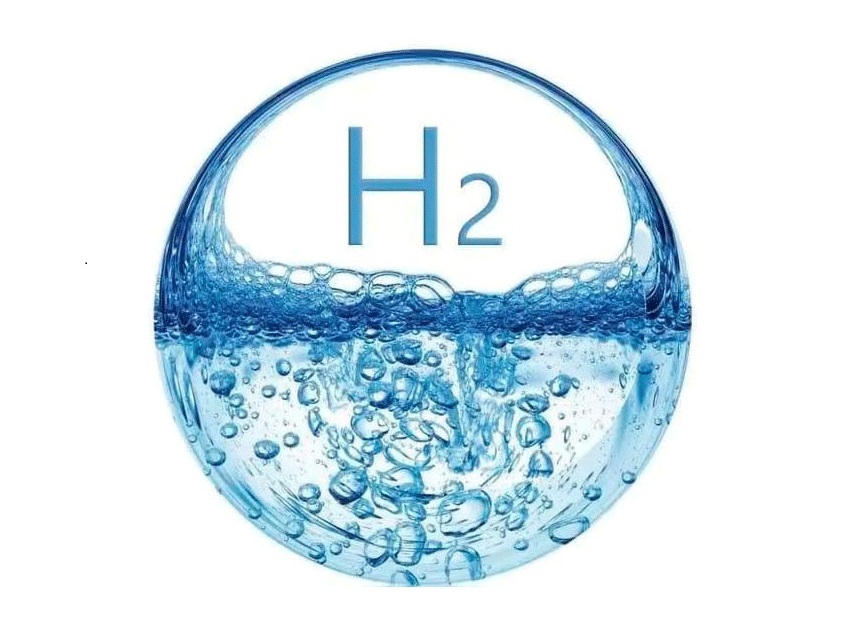
The report, “Comparison of Commercial, State-of-the-Art, Fossil-Based Hydrogen Production Technologies,” assesses the cost profiles of hydrogen production plants using fossil fuel resources as the primary feedstocks.
The findings are considered important for stakeholders to assess and determine potential technology combinations to meet the projected demands of the future hydrogen economy. As we’ve reported, utilities and power producers that were surveyed chose hydrogen over all other options when asked which resources would help them meet their carbon emissions reductions goals beyond ten years from now.
Included in NETL’s report are analyses of three natural gas reforming configurations: (1) natural gas steam methane reforming without carbon capture and storage; (2) natural gas steam methane reforming with carbon capture and storage; and (3) autothermal reforming with carbon capture and storage.
The NETL team also analyzed three gasification configurations: (1) coal gasification without carbon capture; (2) coal gasification with carbon capture; and (3) coal plus biomass co-gasification with carbon capture — the last targeting net-zero greenhouse gas emissions on a cradle to gate basis.
Researchers said the carbon capture strategy used in each case recovers greater than 90% of the CO2 entering the plant boundary, minus the slag formed in gasification cases. NETL said capture is achieved by using a combination of water gas shift (WGS) reactors and solvent-based CO2 separation technologies. The solvent technologies used are methyl diethanolamine (MDEA) (SMR and ATR), Shell Cansolv (SMR), and two-stage Selexol (coal and coal/biomass gasification).
NETL used the levelized cost of hydrogen (LCOH), reported in real 2018 dollars, as the cost metric in its analysis. LCOH is the revenue that must be received by the producer per kilogram of hydrogen, produced to meet the desired return on equity after meeting all debt and tax obligations and operating expenses.
According to the researchers’ findings, the lowest LCOH was $1.06/kg H2 from the SMR plant without carbon capture (also known as Case 1). The highest LCOH was $3.64/kg H2 from the coal/biomass co-gasification case with capture (Case 6).

.Levelized cost of hydrogen (LCOH) by cost component (Source: NETL, “Comparison of Commercial, State-of-the-Art, Fossil-Based Hydrogen Production Technologies”).
The average LCOH for the gasification cases was about two times greater than the average LCOH for the reforming cases, according to the report. This was mainly due to the higher capital and fixed costs needed in the gasification cases compared to the reforming cases.
Researchers found the largest driver of the LCOH for the reforming cases was the fuel cost. That factor accounted for between 48-73% of the total LCOH. The largest contributor for the gasification cases was the capital cost, accounting for between 40-46% of the total LCOH.
The cost of the feedstock, on a per thermal content unit, was about double for natural gas compared to coal, researchers noted. The greater complexity of the gasification plants explained the large contribution of capital costs to the LCOH.
Fixed operations and maintenance (O&M) costs accounted for 20% of the gasification case’s average LCOH, which was 13 percentage points higher than the reforming cases. Researchers attributed this to the relatively higher operating, maintenance, and administrative labor burden in the gasification cases as well as higher property taxes and insurance.
The addition of CO2 capture technology impacted the reforming plant’s LCOH more than the gasification plant’s LCOH, according to the report. Adding CCS to the reforming cases increased the LCOH by 54% for the SMR plant (Case 2). Adding capture to the coal gasification plant (Case 5) increased the LCOH by 20%.
For this report, the cost of CO2 transport and storage on an equivalent dollar per kilogram basis represented a 100-mile CO2 pipeline and storage in a deep saline formation in the Midwest. When factored in, the CO2 transport and storage levelized cost component represented about 5-6% of the total LCOH across the cases with CO2 capture considered in this study.
You can read the full report here.